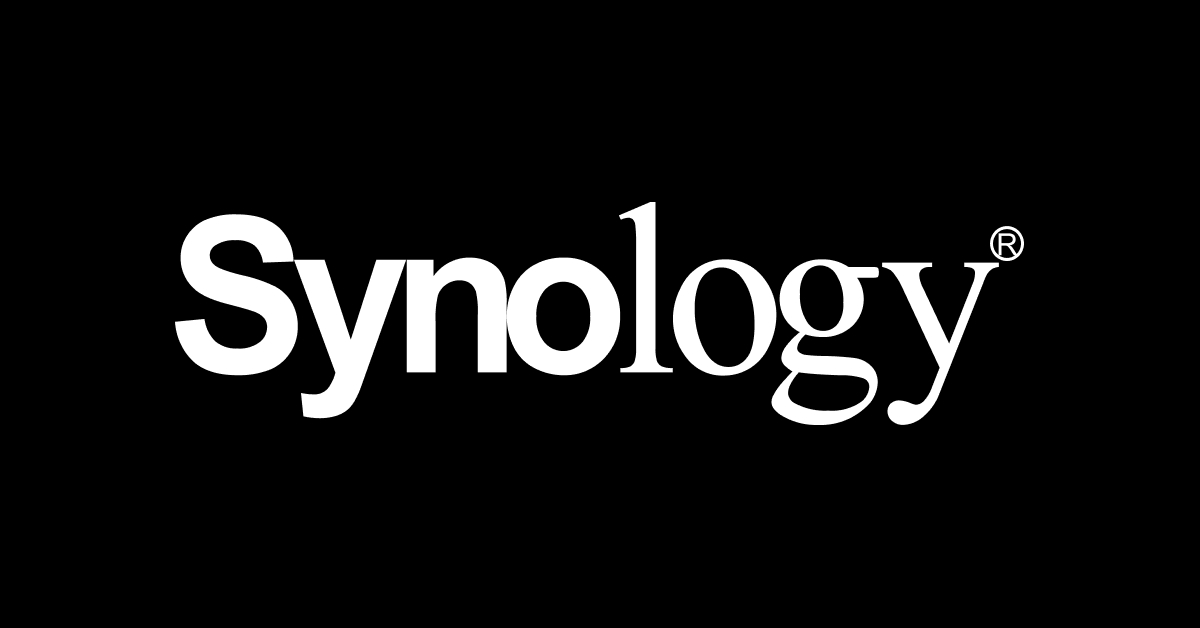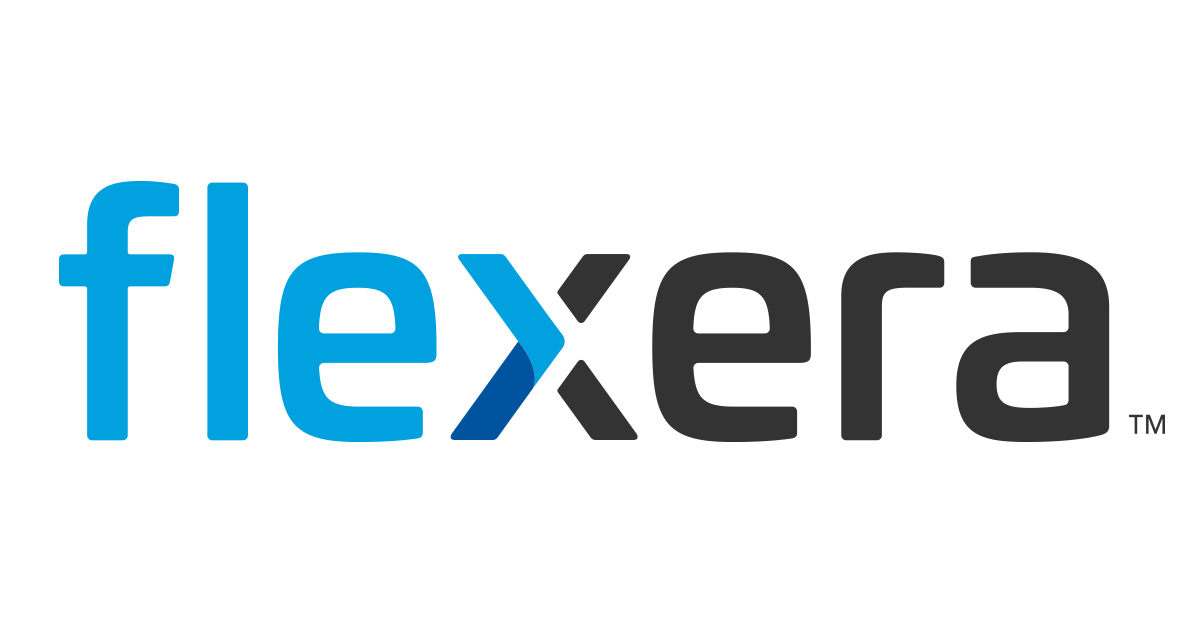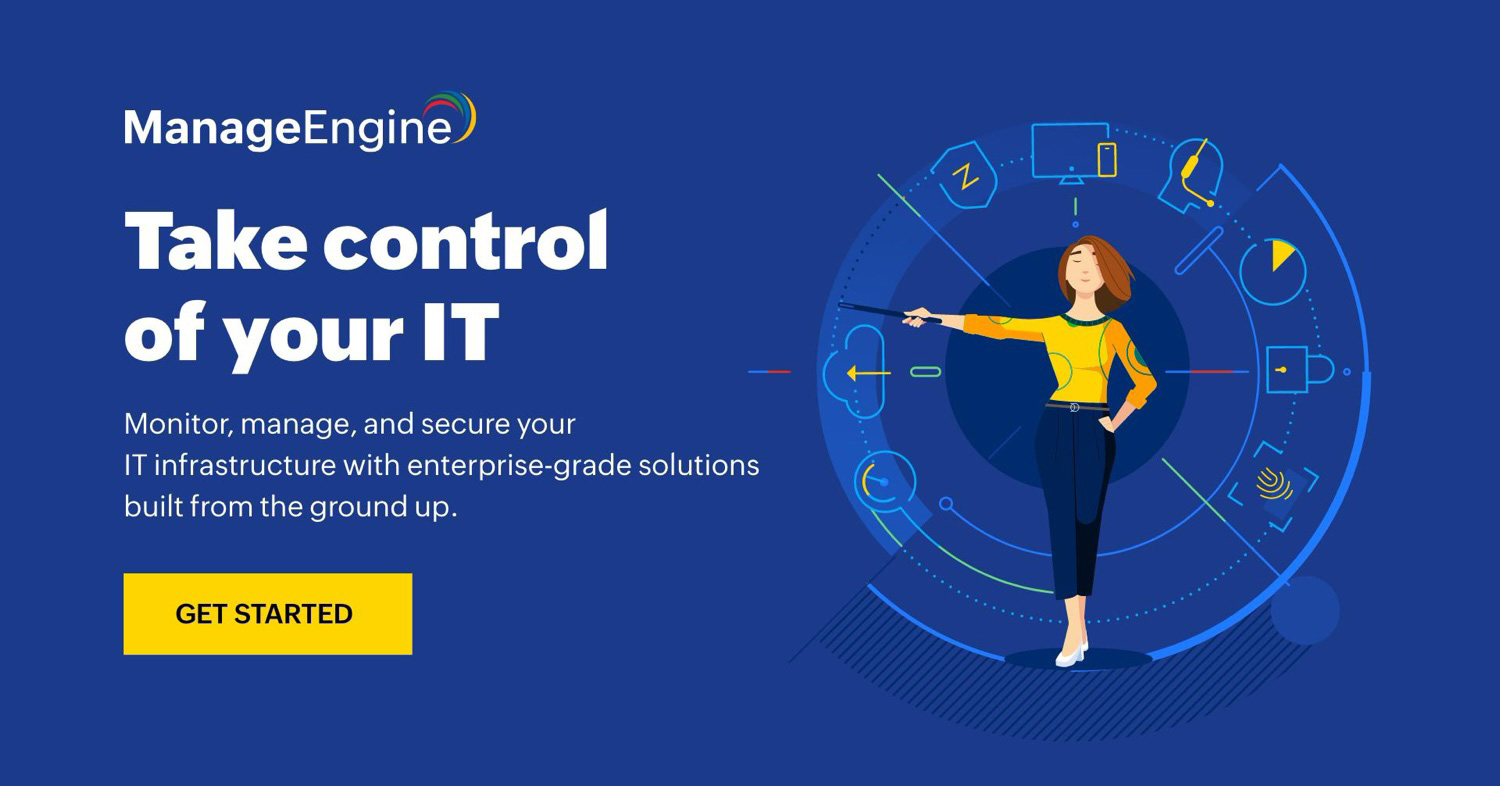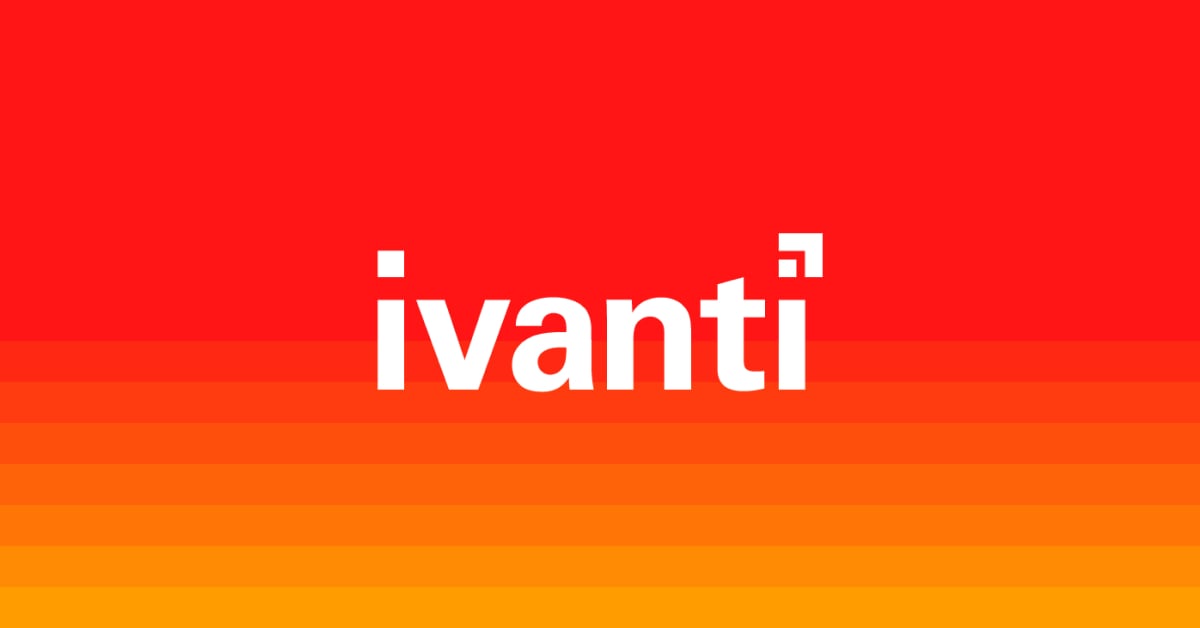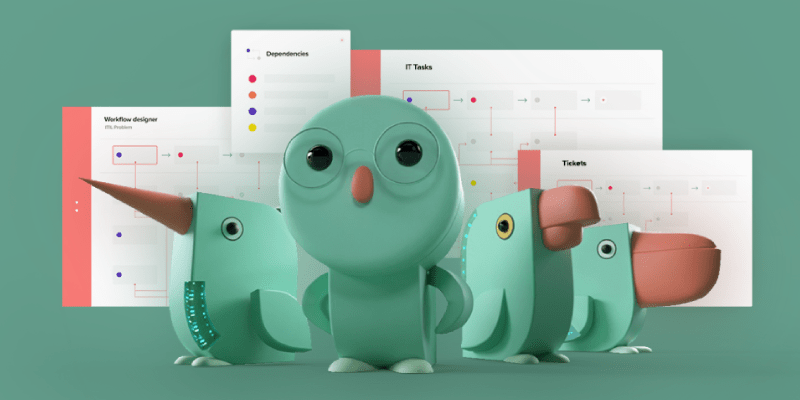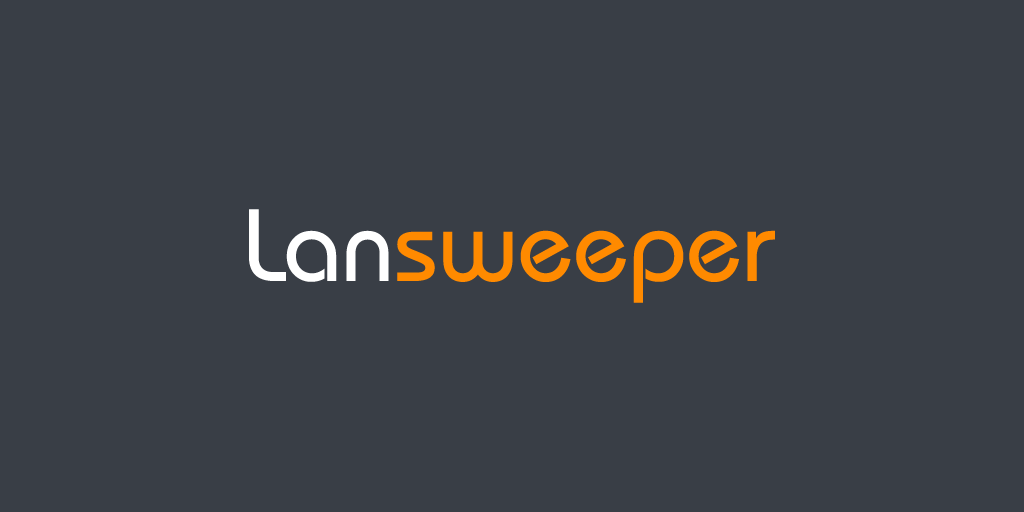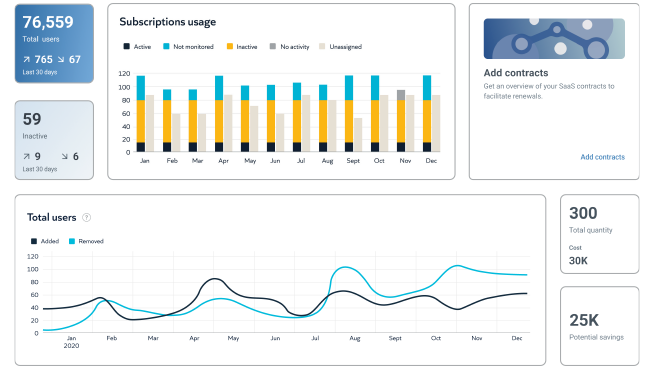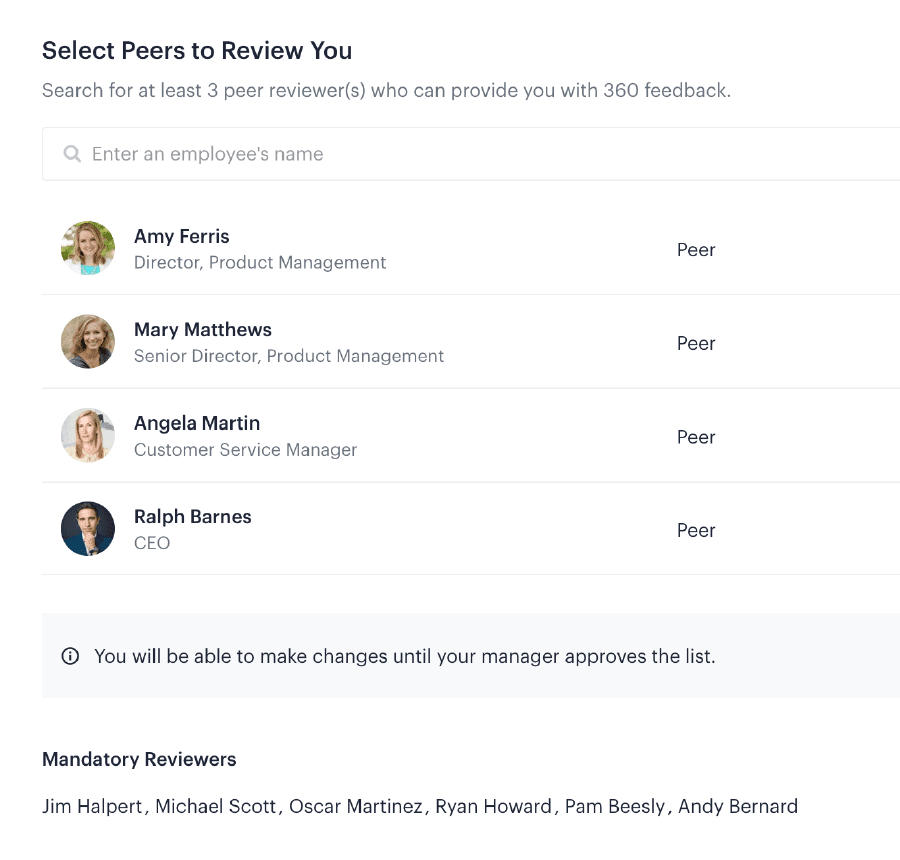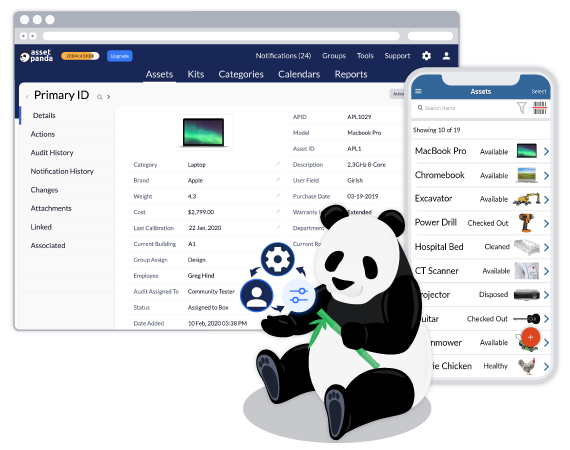Introduction
Asset management is increasingly important for IT operations teams to gain visibility, maintain security and compliance, and optimize costs across their hardware, software and cloud assets. By leveraging the right IT asset management (ITAM) solution, organizations can automate inventory collection, analyze usage trends, manage licenses, and ensure continued optimization of their IT investments. This post evaluates 15 of the top ITAM vendors based on key criteria to help readers identify the best fit for their needs.
Methods of Evaluation
To evaluate and rank the ITAM vendors, we considered several conventional factors like inventory and discovery capabilities, licensing analytics, cost analytics integrations as well as less conventional metrics like number of backlinks, traffic and keyword trends to understand overall market presence and mindshare. Vendors that offered comprehensive visibility across networked, remote and cloud-based IT assets along with advanced optimization workflows scored highly. Ease of use and tight software asset management (SAM) & IT service management (ITSM) integrations were also important differentiators. The top players demonstrate a proven ability to deliver value across small to large and complex enterprise environments.
1. SYNOLOGY Active Insight
SYNOLOGY Active Insight is an IT asset management software developed by Synology Inc. It provides centralized management and visibility of all your organization’s IT assets including hardware, software, and network devices from a single Web-based console.
Pros: Some key advantages of SYNOLOGY Active Insight include:
– Hardware appliance deployment on Synology NAS which eliminates the need for additional servers.
– Clean interface focused on SMB needs for quick setup and easy administration.
– Discovery and analysis of endpoints, users, and apps across the network for full IT asset visibility.
Cons: One potential disadvantage is that it runs exclusively on Synology NAS devices which requires hardware purchase for deployment. However, Synology offers affordable and robust network attached storage solutions.
Pricing: SYNOLOGY Active Insight pricing starts from free for up to 10 assets. It has flexible yearly subscription plans ranging from $999 for up to 100 assets, to $4,999 for unlimited assets.
Some key capabilities of SYNOLOGY Active Insight include discovery and inventory of over 20,000 IT asset attributes, monitoring of hardware and software status, customizable reporting, remote access control and more. It can manage thousands of assets across multiple locations.
2. Flexera
Flexera is a leading provider of IT management solutions, including software licenses and cloud optimization. Their flagship offering is Flexera Optima, a comprehensive IT Asset Management (ITAM) software that helps businesses gain visibility and control over their complex technology environments.
Pros: Some key advantages of Flexera Optima include: Advanced optimization of complex licensing models through their FlexNet Manager Suite; Continuous application usage monitoring and control; Comprehensive IT spend analysis and cost management capabilities; Regular updates to the software library with the latest titles and changes.
Cons: A potential disadvantage is that Flexera Optima is better suited for larger enterprises with complex technology environments due to its robust feature set and pricing. Smaller businesses with simpler needs may find the solution too full-featured.
Pricing: Flexera Optima pricing starts at $5,000 per year for the basic edition. Additional fees apply based on metrics like number of devices managed. The complete FlexNet Manager Suite with all modules starts at $25,000 per year. Custom pricing is available for very large deployments.
Some key stats about Flexera Optima include: Can manage over 3000 unique software titles out of the box; Deployed by over 50,000 organizations globally; Reduces software costs by an average of 20% for customers; Integrates with over 200 different systems like VMware, AWS, and Microsoft Azure.
3. ManageEngine
ManageEngine is an enterprise IT management company providing unified IT management solutions across the areas of network performance monitoring, help desk, asset management, security and operations management. Founded in 1990, ManageEngine delivers simple and cost effective solutions for small to extremely large enterprises across all major verticals. ManageEngine asset management software helps keep track of all software and hardware assets in an organization for optimal license management and compliance.
Pros: Key advantages of ManageEngine asset management software include:
– Affordable pricing for SMBs
– Complete hardware and software inventory capabilities
– Real-time license usage metrics to optimize software investments
– Comprehensive reporting and analytics
Cons: A potential disadvantage is that the software may not be as robust as some very expensive enterprise-grade asset management solutions.
Pricing: ManageEngine offers flexible pricing for its asset management software starting from free perpetual licenses for small teams to subscription-based pricing for larger teams and enterprises. Contact ManageEngine for customized pricing based on business needs.
Some key stats about ManageEngine asset management software include:
– Over 50,000 customers worldwide
– Supports discovery and tracking of over 30,000 different types of devices and software
– Real-time visibility into license usage across environments
4. Ivanti
Ivanti is an IT asset management solution developed by Ivanti. Ivanti helps organizations manage and optimize their entire IT infrastructure including hardware, software, licenses and more. With Ivanti, IT teams can gain insight and control over all their assets from a single console.
Pros: Some key advantages of Ivanti include:
– Powerful hardware and software inventory management across physical, virtual and cloud environments
– Robust license management and optimization capabilities to improve cost savings
– Automated asset and license compliance reporting to demonstrate ROI of IT investments
Cons: One potential disadvantage is that the premium pricing may be out of budget for some smaller IT teams and organizations.
Pricing: Ivanti offers flexible pricing plans including perpetual licenses and annual subscriptions. Pricing is based on the number of managed devices/assets and type of modules/capabilities required. Free trials are available to help evaluate the solution.
Some key stats and capabilities of Ivanti include:
– Discovery and inventory of over 450 managed operating systems and applications out of the box
– Robust hardware and software license optimization and compliance
– Automated tracking of over 25,000 unique software SKUs and versions
– Remote monitoring and management of desktops, laptops and other devices
5. Casper Suite
Casper Suite, formerly known as Jamf Pro, is an award-winning Apple management and security solution from Jamf. As the leading MDM solution for Apple, Casper Suite allows organizations to easily enroll, configure, manage and secure their Apple devices including Macs, iPads, and iPhones. Used by organizations of all sizes globally, Casper Suite provides a full-featured solution to centrally manage the entire Apple fleet.
Pros: Some key advantages of Casper Suite include:
– Outstanding macOS and iOS device management capabilities like configuration profiles, policies, and restrictions
– Robust hardware and software inventory that provides insights into all managed devices
– Simplified compliance and optimization workflows through remote commands and actions
Cons: One potential disadvantage is that Casper Suite is focused primarily on Apple devices and does not support managing non-Apple devices like Windows PCs or Android tablets. Some customers may need a solution that can manage a mixed environment of Apple and non-Apple devices.
Pricing: Pricing for Casper Suite starts at $2 per device for basic management up to $6 per device for the full-featured MDM solution. Volume discounts are also available. Additional premium services like 24/7 phone and chat support also require an annual subscription. Contact Jamf sales for an exact customized quote.
Some key stats about Casper Suite include:
– Manages over 30 million Apple devices worldwide
– Used in over 80,000 organizations globally
– Supports the latest Mac, iPad, and iPhone releases
– 99.99% uptime service level agreement for enterprise support
6. SysAid
SysAid is an ITSM software provider that offers a comprehensive IT asset management and service management platform. In business since 1982, SysAid helps IT teams manage assets, track changes, automate routine tasks and simplify IT service delivery. With over 45 years of experience, SysAid supports more than 10,000 customers worldwide.
Pros: Key advantages of SysAid include: – Powerful ITSM ticketing integrations to manage incidents, problems, changes and more. – Agentless discovery via network scanning to automatically discover all hardware and software assets on the network. – Critical shortage tracking capabilities to help with license compliance and optimization. – Robust reporting and dashboards for customizing views and tracking key metrics.
Cons: One potential disadvantage is that the IT asset management functionality is not as robust as some dedicated asset management platforms. Reporting customization options may also be more limited compared to some competitors.
Pricing: SysAid offers tiered pricing based on the number of agents/users. Basic version starts at $15/user per month. Additional premium features are available in higher tiered plans starting at $25/user per month. Custom pricing is also available for very large deployments.
Some key stats about SysAid include: – Supports over 10,000 customers globally across various industries. – Integrates with over 150 systems including Active Directory, AWS, Jira, and ServiceNow. – Features agentless discovery that scans your entire network to catalog all IT assets automatically. – Offers mobile apps for iOS and Android to allow staff to manage requests from any location.
7. Lansweeper
Lansweeper is an IT asset management software that provides complete visibility into an organization’s technology environment. Founded in 1999, Lansweeper allows IT departments to discover, monitor, and track all hardware and software assets across an enterprise from a single centralized management console.
Pros: Some key advantages of Lansweeper include its fast agentless discovery and inventory capabilities, detailed hardware and software auditing features, and the easy to deploy centralized management console.
Cons: A potential disadvantage is that the free version only supports discovery of up to 500 devices which may not be sufficient for large IT environments.
Pricing: Lansweeper pricing starts from $4.50 per device per month for perpetual licenses. Volume discounts are available. Additional premium features like remote management, reporting and analytics are available in higher-tier subscriptions.
Some key stats about Lansweeper include its ability to discover assets agentlessly in under 15 minutes on average and support for discovery and inventory of over 250 different system types and attributes. It currently manages over 4.5 million devices globally.
8. Snow Software
Snow Software, founded in Sweden in 2004, provides cloud-based software asset management (SAM) and software license optimization solutions. Their unified platform manages software licensing across on-premise, cloud, and hybrid environments through automated discovery, optimization, and reclamation. With Snow, organizations can gain visibility and control over their software investments to maximize ROI.
Pros: Key advantages of Snow Software include:
– Automated software license optimization through tracking usage and recommending under-utilized licenses to be re-deployed where needed
– Cloud-based SaaS delivery model eliminates the need for on-premise software and hardware
– Reliable multi-platform compatibility that supports Windows, Linux, macOS, and container environments
Cons: A potential disadvantage is that the platform requires installation of agents on endpoints being managed which could impact performance for smaller devices.
Pricing: Snow Software pricing is based on the number of managed assets. There are discounts available for additional users and bundled offerings. They offer free trials to evaluate the platform before committing.
Some key stats about Snow Software include:
– Over 5000 customers worldwide including NASA, Toyota, and Amazon
– Supports over 45,000 product titles from 1,500 vendors
– Scans over 15 million endpoints on a monthly basis
9. USU Asset Center
USU Asset Center is an IT asset management software developed by USU Solutions. The software provides organizations with complete visibility and control over their IT assets including hardware, software, and licenses. It helps optimize procurement, maintain regulatory compliance, and lower IT costs.
Pros: The main advantages of USU Asset Center include:
– Complete hardware and software auditing through physical and electronic discovery methods
– Advanced workflow automation for IT asset lifecycle including procurement, allocation, maintenance and disposition
– Integrations with USU service management modules to link asset data to services for improved IT service delivery
Cons: One potential disadvantage is that the software is more full-featured and costly compared to some other asset management options. It may have more capabilities than some smaller organizations require.
Pricing: USU Asset Center pricing is based on the number of managed assets and starts at approximately $50,000 per year for up to 5,000 assets. Volume discounts are available for larger deployments. Both perpetual and SaaS subscription license models are offered. Implementation, training and support services are sold separately.
Some key stats about USU Asset Center include:
– Used by over 1,200 customers globally across all major industries
– Provides management of over 15 million IT assets
– Reduces IT costs by up to 25% through optimization of asset usage and procurement
– Integrates with ServiceNow, BMC, IBM and other platforms for unified IT operations
10. Cherwell
Cherwell is an IT asset management software developed by Cherwell Software. It offers a flexible platform to manage the full lifecycle of IT assets including acquisition, deployment, usage and retirement. With Cherwell, IT teams can gain visibility into all their IT assets from a single pane of glass.
Pros: Some key advantages of Cherwell include:
– Flexible platform to manage all phases of IT asset management centrally.
– Strong customization options available via its low-code configurator for building custom workflows and forms.
– Seamless out-of-the-box integration with platforms like ServiceNow for unified IT service and asset management.
Cons: One potential disadvantage could be the learning curve required to fully leverage the capabilities of Cherwell’s low-code configurator for advanced customizations.
Pricing: Cherwell pricing starts from $45 per user per month for the basic Essentials edition. It also offers Professional and Elite editions with additional features. Volume-based discounts are available for large deployments. Additional services like training and support attract extra costs.
Some key stats about Cherwell include:
– Used by over 2,500 customers worldwide across industries like healthcare, education, government etc.
– Supports management of assets like hardware, software, licenses, contracts etc.
– Integrates with over 150 systems including SCCM, ServiceNow, Automate etc.
– Offers customizable workflows and approval processes.
11. InvGate Asset Scan
InvGate Asset Scan is an IT asset management software developed by InvGate. It provides flexibility, automation and low total cost of ownership to enable modern IT operations management. With InvGate Asset Scan, organizations can gain full visibility and control over all their IT assets from a single pane of glass.
Pros: Some key advantages of InvGate Asset Scan include: Flexible ITOM and ITAM role-based access; Automated scanning and data collection; Low TCO and fast time to value.
Cons: One potential disadvantage is that the software may require some upfront configuration and setup to integrate with existing infrastructure for automatic data collection which requires technical expertise.
Pricing: InvGate Asset Scan pricing starts from $2/asset/month for the basic package. It also offers premium and enterprise level packages tailored for medium to large organizations with customized features and support.
Some key stats about InvGate Asset Scan include: It can automatically discover and inventory over 150 different asset types including hardware, software, licenses, websites and cloud instances. It can scan over 500,000 assets within 24 hours. It has been deployed by over 3,000 customers globally across all industries.
12. Aspera Appliance
Aspera Appliance is an appliance-based IT asset management software solution from Aspera. Aspera Appliance offers a plug-and-play deployment model that allows IT teams to quickly deploy and start managing their software assets and hardware inventory.
Pros: Some key advantages of Aspera Appliance include:
– Appliance-based deployment for plug-and-play setup
– Robust hardware and software inventory scans
– Strong license management and optimization features
Cons: A potential disadvantage is that the appliance-based deployment limits customizability and flexibility compared to an on-premise or cloud-based solution.
Pricing: Pricing for Aspera Appliance varies depending on the number of assets under management. The vendor provides pricing quotes based on the specific needs and size of a customer’s IT environment.
Some key stats about Aspera Appliance include:
– Supports inventory scanning and management of over 500,000 assets
– Offers file transfer speeds up to 100x faster than FTP and HTTP
– Used by many large enterprises and government agencies with complex IT environments
13. Reflektive Asset Explorer
Reflektive Asset Explorer is an IT asset management software developed by Reflektive. Founded in 2012, Reflektive provides software solutions to help optimize IT environments and increase employee productivity. Reflektive Asset Explorer enables enterprises to gain visibility and control over their entire software estate.
Pros: Some key advantages of Reflektive Asset Explorer include:
– Automated cloud optimization workflows to keep cloud environments lean and secure
– Advanced software metering and entitlements to optimize software spend
– Comprehensive discovery and inventory of all assets including on-premise, cloud, endpoints etc.
– Integrations with various ITSM and ITAM tools for a unified view.
Cons: One potential disadvantage is that the platform requires regular data collection which can impact agent performance on endpoints. However, Reflektive strives to minimize this impact through lightweight agents.
Pricing: Reflektive Asset Explorer pricing starts at $2 per user per month for the basic plan suitable for small to medium sized businesses. For larger enterprises, custom quotes are available based on the number of assets and seats.
Some key stats about Reflektive Asset Explorer include:
– Used by over 900 customers worldwide including big brands like Salesforce, Delta Airlines, Cisco etc.
– Can track over 250,000 applications in a single environment
– Integrates with over 50 different IT tools including ServiceNow, Snow, VMWare, Microsoft etc.
14. Asset Panda
Asset Panda is an asset management software created by Asset Panda. The company has been developing IT asset management and license optimization software since 2012. Their platform is focused on helping organizations, especially those with smaller IT teams, get all of their assets under control through simple and intuitive software.
Pros: Some key advantages of Asset Panda include:
– SaaS platform optimized for software spending management
– Robust license optimization and compliance capabilities to help reduce software costs
– Very simple and intuitive user interface ideal for smaller IT teams with limited resources
Cons: One potential disadvantage is that the platform may not be as full-featured as some of the more expensive enterprise-level asset management solutions on the market. It is best suited for smaller organizations versus very large global enterprises.
Pricing: Pricing for Asset Panda starts at $99 per month for the Standard plan. This includes tracking up to 250 assets. There are additional pricing tiers for larger deployment needs.
Some key stats about Asset Panda include:
– Over 5,000 customers globally
– Tracks billions of dollars in software assets
– 95% customer retention rate
– Integrates with over 50 third party tools like ServiceNow, SnowSoftware, and Microsoft
15. EZOfficeInventory
EZOfficeInventory is an affordable and easy to use cloud-based IT asset management software. The software allows organizations to track, maintain and report on their IT assets from anywhere, at any time.
Pros: Some key advantages of EZOfficeInventory include:
– Affordable pricing with no complex contracts or long term commitments
– Frequent feature updates focused on enhancing ITSM workflows
– Comprehensive device scanning capabilities across Windows, Mac, Linux and mobile platforms
– Detailed asset reports and analytics for smarter procurement and license management
Cons: One potential disadvantage is that the software is offered as a SaaS product only so organizations require an internet connection to access it.
Pricing: EZOfficeInventory offers simple and transparent monthly pricing starting from $15 per user per month for the basic plan, with additional features and customization available in higher-tier plans.
Some key stats about EZOfficeInventory include:
– Used by over 5,000 organizations worldwide
– Supports tracking of more than 20 different asset types including laptops, desktops, smartphones, printers etc.
– Integrates with over 30 different industry standard ITSM and ticketing systems
Conclusion
While no single solution will be the absolute best for every organization, this evaluation of the top 15 ITAM vendors provides a good starting point to understand the leading options. Key capabilities like extensive asset discovery, flexible licensing and cost analytics, and seamless workflows were particularly differentiating. Considering your unique IT ecosystem, requirements for optimizations and budget will determine the best match. We hope this analysis helps narrow your selection process to find an ITAM partner that can maximize value from your technology investments over the long run.




